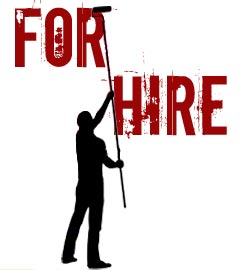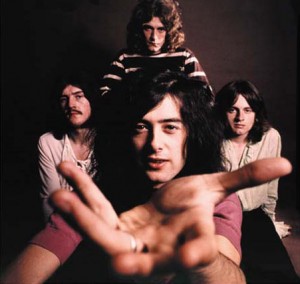
Is it just me, or has basic cable been completely taken over by ghosts lately? No, I don't mean those fuzzy double images that show up during a rainstorm for those of you with rabbit ears or satellite.
I'm talking about the real thing here, as in things that go bump in the night. Disembodied spirits. The undead. You know, ghosts...
I'm not sure exactly where the trend of all these geeks running around with thermal cameras and electro-magnetic field measuring devices started, but lately it seems you can't turn on the TV without seeing a bunch of guys sitting in a dark room someplace — usually captured in glorious black and white — checking out such paranormal activity as shadows, creaking floors and headlights outside in the driveway.
Okay, I'll admit I'm not being completely fair here.

Some of what you see and hear on these shows is mildly interesting, and occasionally even somewhat compelling. More often however, you see these "investigators" jumping out of their skins and screaming "paranormal" pretty much whenever their equipment picks up a fly on the window.
The bottom line is reality TV is out, and unreality TV is in. These shows are freaking everywhere these days — it doesn't even have to be Halloween.
But the grandaddy of the bunch has to be the Ghost Hunters franchise on the SyFy channel. Before these guys spawned this lucrative enterprise, head honchos Jason and Grant were a couple of schmoes working for Roto Rooter. These days, the SyFy channel has become home to an empire that in addition to the original Ghost Hunters show, now includes Ghost Hunters International and the soon-to-be-launched Ghost Hunters Academy.
For my money though, Ghost Hunters also rides head and shoulders above the rest of this increasingly crowded paranormal pack on basic cable. As head investigators of T.A.P.S. (The Atlantic Paranormal Society), Jason and Grant largely approach their investigations both scientifically and with an open and even semi-skeptical mind. I like that.
These guys basically know their stuff, and using their nuts and bolts knowledge of things like pipes and drains gained through working their day jobs at Roto Rooter, they are actually able to quickly debunk a lot of the creaking floors and such they encounter while investigating alleged haunted houses.
The other thing that impresses me about these guys is the way their team of investigators painstakingly go through hours of everything their assorted video and audio gadgetry catches on these investigations. If it were me, I'd be bored stiff. So if nothing else, sifting through all of this "evidence" the way these guys do demonstrates both a dedication and a seriousness towards what they do that I have to yet to see from any of the other para-wannabes that have followed in their wake.

Occasionally they catch some pretty wild shit too, such as EVPs (Electronic Voice Phenomena) of voices that aren't supposed to be there, and video of things going beyond the dust in the air so often misindentified as "orbs" by some of the other shows out there. It also doesn't hurt that one of the Ghost Hunters is a pretty hot chick named Kris Williams. That girl can haunt my house anytime.
As always with anything on the tube, success breeds imitation, and the ratings of Ghost Hunters has spawned a whole slew of imitators and paranormal pretenders — some of them are good, some not so much, but none are as good as the original.
The Biography Channel practically turns into a paranormal channel of its own on Saturday nights, running a slate of shows including Ghost Stories, A Haunting, Psychic Investigators, and the inevitable latest entry into the paranormal sweepstakes, Celebrity Ghost Stories.
None of these are particularly compelling — unless your idea of goosebumps involves people like Sammy Hagar and Tom Arnold sitting in a darkened room and talking about the things they thought were under the bed as children.
A&E's Paranormal State is a bit more likable, and easily the best of the lot.
It revolves around a painfully earnest Penn State student named Ryan who investigates hauntings and the like in an effort to make sense of what seems to be some rather fucked up things he experienced as a child. His team includes a spacey chick named Elfie, a Russian guy named Sergey, and a revolving door of various psychics and professional exorcists who mix traditional religion and the occult to root out spirits during something they call "dead time."
Pretty spooky stuff, kiddies.
Over at the Travel Channel, they mix historical travelogues like Haunted History, with yet another team of would-be paranormal investiagtors on their Ghost Adventurers. I'd probably like this show more if the main protagonists acted more like the pros on Ghost Hunters, and less like macho assholes when confronting the spirits at such locations as haunted prisons and graveyards.
Speaking of macho assholes, they seem to be cropping up everywhere on these shows. Of the newer entries into the field, The Discovery Channel's Ghost Lab follows a pair of brothers who travel around the country in a van filled with all of the latest ghost-hunting gadgets in search of the undead.
I really wanted to like this team, except that they lacked both the professionalism and the healthy skepticism of Ghost Hunters vets Jason and Grant. On a recent episode, I admired the way they "phoned a friend" (in the form of a scientist) to get the straight scoop on Electro-Magnetic-Fields. But they lost me just as quick when they wanted to ascribe such fields to paranormal activity, rather than the discomfort that occurs naturally when lots of wires cause high levels of EMFs.
In General Electric terms, these guys were dim bulbs. Jason and Grant would've known better.
Worse yet however are the trio of nerds and jocks comprising the team on the A&E Channel's Extreme Paranormal. These guys actually scare me, but not in a good way. It's not just the way they are willing to label any shadow seen in a supposedly haunted prison as a ghost (and use electric drills to kill the undead bastard again), but also the way they do really dumb shit like diving into haunted lakes during thunder storms.
Led by the sort of big dumb jock you might remember from high school (and who has populated every B-grade horror movie since the dawn of time), these guys strike me as the very definition of people who have no clue of what they are doing, and who I fear will actually one day end up in a premature grave of their own.
But at least the cameras will be rolling, right? Note to the fat nerdy guy here — get out while you still can.
Between shows like these and all of the UFO and Nostradamus stuff on the History Channel, I see no signs of the proliferation of these paranormal TV shows slowing down anytime soon. The good news here is, at least you'll have something to watch when the trick or treaters show up tonight.
Better yet though, just rent that Dawn Of The Dead DVD. Yes, again.
Happy Halloween everybody.




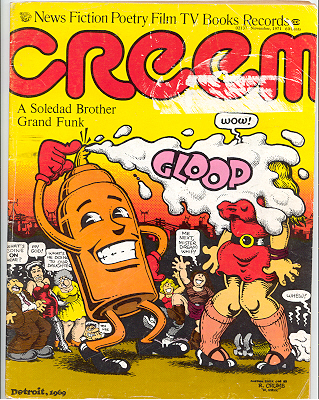








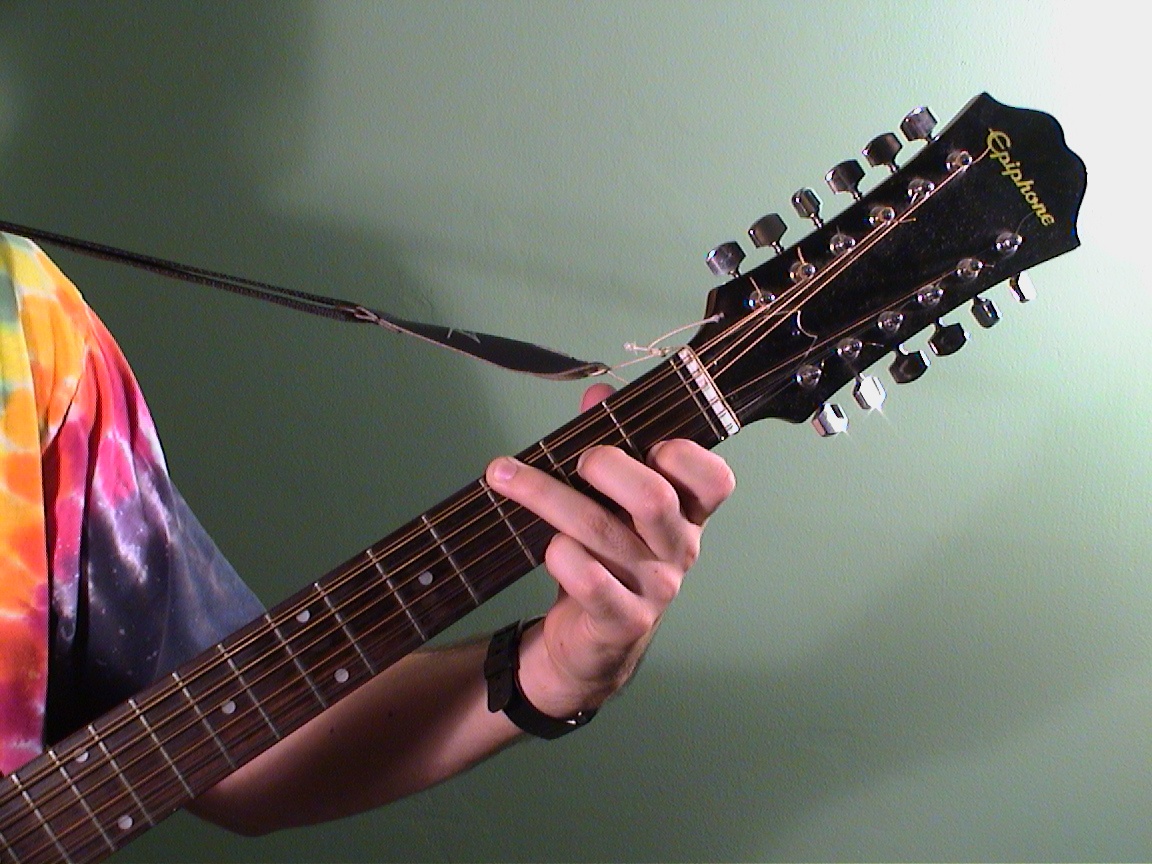

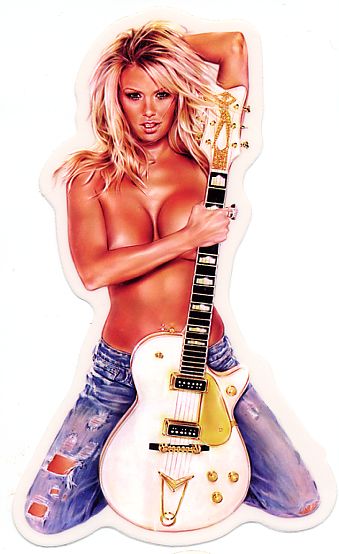

 In addition to the hundreds of images and personal anecdotes from fans, there is a list of every show, and every song played during the Darkness tour. In another section, writer Roy Opichinski examines the songs left over from the original sessions for the Darkness album that failed to make the final cut — including both the ones Springsteen gave away to other artists like Patti Smith ("Because The Night"), and such lost masterpieces as "The Promise" and "Iceman."
In addition to the hundreds of images and personal anecdotes from fans, there is a list of every show, and every song played during the Darkness tour. In another section, writer Roy Opichinski examines the songs left over from the original sessions for the Darkness album that failed to make the final cut — including both the ones Springsteen gave away to other artists like Patti Smith ("Because The Night"), and such lost masterpieces as "The Promise" and "Iceman."













